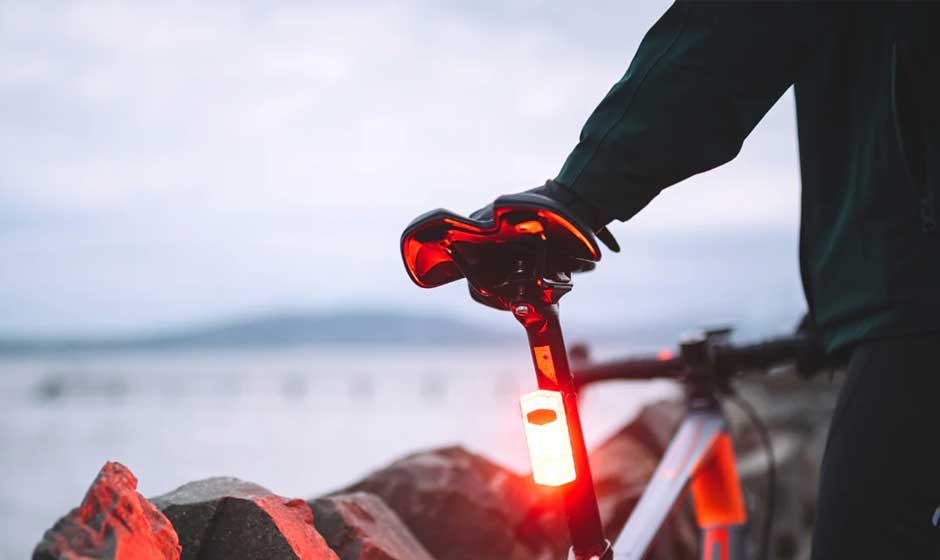Cycling is an increasingly popular mode of transportation, offering health benefits, environmental advantages, and convenience. However, safety remains a primary concern, especially for cyclists navigating urban areas at night or in low-light conditions. One of the most effective ways to enhance cyclist safety is by using high-quality shop front bike lights.
These lights not only increase visibility but also ensure compliance with local regulations and improve the overall riding experience. This guide explores the importance of shop front bike lights, their key features, and how to choose the best options for optimal visibility and safety.
The Importance of Bike Lights for Safety
Bicycle lights are necessary for visibility and visibility. Without proper lighting, cyclists are at a significantly higher risk of accidents involving motor vehicles, pedestrians, or other cyclists. A good set of front bike lights provides the following benefits:
- Increased Visibility: Front lights make cyclists more visible to drivers, pedestrians, and other road users, reducing the risk of collisions.
- Improved Navigation: A well-lit path helps cyclists identify road hazards such as potholes, debris, and uneven surfaces.
- Legal Compliance: Many regions have laws requiring cyclists to use front and rear lights after dark.
- Enhanced Confidence: Proper lighting gives cyclists peace of mind, allowing them to ride safely in various lighting conditions.
Key Features to Look for in Shop Front Bike Lights
When selecting a front bike light, several factors should be considered to ensure optimal performance and safety:
1. Brightness and Beam Pattern
Brightness, measured in lumens, is one of the most crucial factors in a bike light. Here’s a general guide for different riding conditions:
- 100-200 lumens: Suitable for well-lit city streets.
- 200-500 lumens: Ideal for suburban areas with moderate street lighting.
- 500+ lumens: Necessary for rural or off-road cycling.
In addition to brightness, the beam pattern plays a significant role in visibility. A wide beam ensures good peripheral vision, while a focused beam helps illuminate the road ahead.
2. Battery Life and Power Source
The longevity of a bike light’s battery determines how often it needs recharging or replacing. Options include:
- Rechargeable Lithium-ion Batteries: Convenient and eco-friendly, rechargeable lights can be powered via USB.
- AA/AAA Batteries: These are easy to replace but can be less sustainable and cost-effective over time.
- Dynamo-Powered Lights: Ideal for long-distance cyclists, these lights generate power from the bike’s motion.
3. Mounting Options and Adjustability
A well-designed mounting system allows cyclists to securely attach the light to their handlebars and adjust the angle as needed. Quick-release mounts offer added convenience for removing and recharging the light.
4. Durability and Weather Resistance
Since cyclists often ride in varying weather conditions, a bike light should be water-resistant or waterproof. Look for lights with an IPX rating of at least IPX4 to ensure they withstand rain and splashes.
5. Lighting Modes and Flash Patterns
Most modern bike lights come with multiple modes, including:
- Steady Beam: Provides continuous illumination for better visibility.
- Flashing Mode: Helps draw attention to the cyclist, increasing safety.
- Low-Power Mode: Extends battery life during longer rides.
Choosing the Best Shop Front Bike Light
With numerous options available, selecting the right bike light depends on individual riding needs. Here are some recommendations based on riding conditions:
- Urban Commuters: A compact, 200-300 lumen USB-rechargeable light with a flashing mode is ideal.
- Road Cyclists: A 500+ lumen light with a focused beam and long battery life is recommended.
- Mountain Bikers: A high-powered (1000+ lumen) light with a wide beam pattern and rugged build quality is necessary.
Additional Safety Tips for Night Cycling
While having a good front bike light is essential, additional precautions can further enhance safety:
- Use Rear Lights: A red flashing rear light increases visibility from behind.
- Wear Reflective Gear: Reflective clothing, helmets, and bike accessories improve visibility.
- Follow Traffic Laws: Obeying road rules and using hand signals can prevent accidents.
- Regularly Check Equipment: Ensure lights are charged and in working condition before every ride.
Buy Front Bike Lights
Shop front bike lights are a crucial investment for cyclists seeking safety and visibility on the road. With various brightness levels, power sources, and mounting options available, choosing the right light depends on individual riding conditions and preferences. By selecting a high-quality bike light and incorporating additional safety measures, cyclists can confidently navigate streets and trails, ensuring a safer and more enjoyable riding experience.










